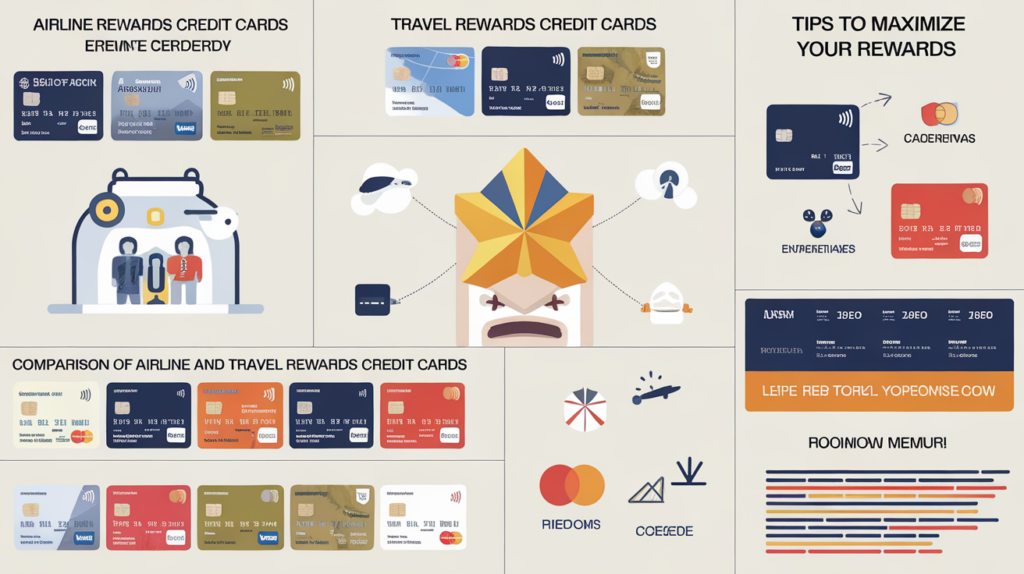Unlocking the Value of Your Savings Bonds: A Comprehensive Guide
Whether you purchased a savings bond yourself or recently discovered one that was gifted to you as a child, you may be wondering how to convert a savings bond into cash. The process has a few steps to it, but it’s both doable and worth it—especially if you need the money or have passed the date when your savings bond stopped earning interest.
3 Ways to Cash In Savings Bonds
You can redeem a savings bond online, by mail, or at a bank or credit union. In most cases, you’ll choose the method that works best for the type of bond you have (electronic or paper), and what’s most convenient for you. Here are three basic ways to cash in a savings bond:
1. Online With a TreasuryDirect Account
Electronic Series EE and I savings bonds are redeemable online at the U.S. Treasury Department’s TreasuryDirect website. Using your TreasuryDirect account, you can redeem all or a portion of your savings bond as long as it’s been at least a year since you purchased it. You must redeem at least $25 and leave at least $25 in your account. When you redeem a portion of a bond’s value, you only get interest on the portion you redeem.
2. Via Mail With FS Form 1522
Redeem up to 30 paper savings bonds using FS Form 1522 from TreasuryDirect. You’ll need the names listed on the bond, serial numbers, and issue dates for each bond you want to cash. Be prepared to provide your Social Security number and direct deposit information so payment can be sent directly to your financial institution. You must cash in the entire value of a paper bond; you can’t redeem part of it, as you can with an electronic savings bond.
If your bonds are worth $1,000 or less, you can mail a copy of your government-issued identification with your completed form. If your bonds are worth more than $1,000, each person listed on the bond must sign the form in the presence of a notary or authorized certifying officer before submitting it.
3. At a Bank or Credit Union
Banks and credit unions may cash paper savings bonds, but it’s a good idea to call ahead before you attempt it. Some financial institutions don’t handle savings bonds; others may require you to have an account. When you call, ask what forms of identification and other documents you’ll need to redeem your bond.
When Should You Cash In a Savings Bond?
You must wait at least a year after the date of purchase to redeem a savings bond. Additionally, if it’s been less than five years since you purchased the bond, you’ll forfeit three months of interest for cashing in early. After five years, you are free to redeem your savings bond without penalty.
Savings bonds have maturity dates. Series EE and Series I savings bonds currently being sold have 30-year maturity dates, which means these bonds stop earning interest after 30 years. Once your bond has reached its final maturity date, it’s time to cash in: You won’t earn any additional interest by keeping your money where it is.
Maturity dates may vary for older bond types, such as HH bonds (which mature in 20 years). Check TreasuryDirect for maturity details on HH, Series E, or other types of savings bonds.
How Much Is My Savings Bond Worth?
You can check the current value of bonds you’ve purchased electronically through your TreasuryDirect account online by logging in and clicking on “Current Holdings.”
If you have paper bonds, use the TreasuryDirect Savings Bond Calculator to determine their current value. You’ll need the series, denomination, and issue date to do the calculation. You don’t need the bond’s serial number unless you want to save an inventory of bonds online to view later.
Are Savings Bonds Taxed?
Interest on savings bonds is subject to federal income taxes, although it is exempt from state and local taxes. You choose whether to withhold taxes on interest each year as it’s earned or report all of your interest earned in the year you redeem your bond. You will receive a 1099-INT form at the end of January that shows how much interest you received in the prior year. Use the information from your 1099 to file your taxes.
If you pay for higher education expenses in the same year you cash in a savings bond, your interest may be tax-exempt.
The Bottom Line
Though cashing in a savings bond isn’t quite as simple as depositing a check, this extra hassle may be part of its charm. Savings bonds were once popular as gifts because they were easier to save than to spend—a thought worth considering, even if you decide to cash in your bond.
If you don’t need your funds immediately, you may want to stash them in a high-yield savings account, money market, or retirement account and keep the savings going. Or consider buying a new round of savings bonds, now that you know how to cash them in if you need the money.
For any mortgage service needs, O1ne Mortgage is here to help. Call us at 213-732-3074 to speak with one of our expert loan officers today. We are committed to providing you with the best service and helping you achieve your financial goals.







